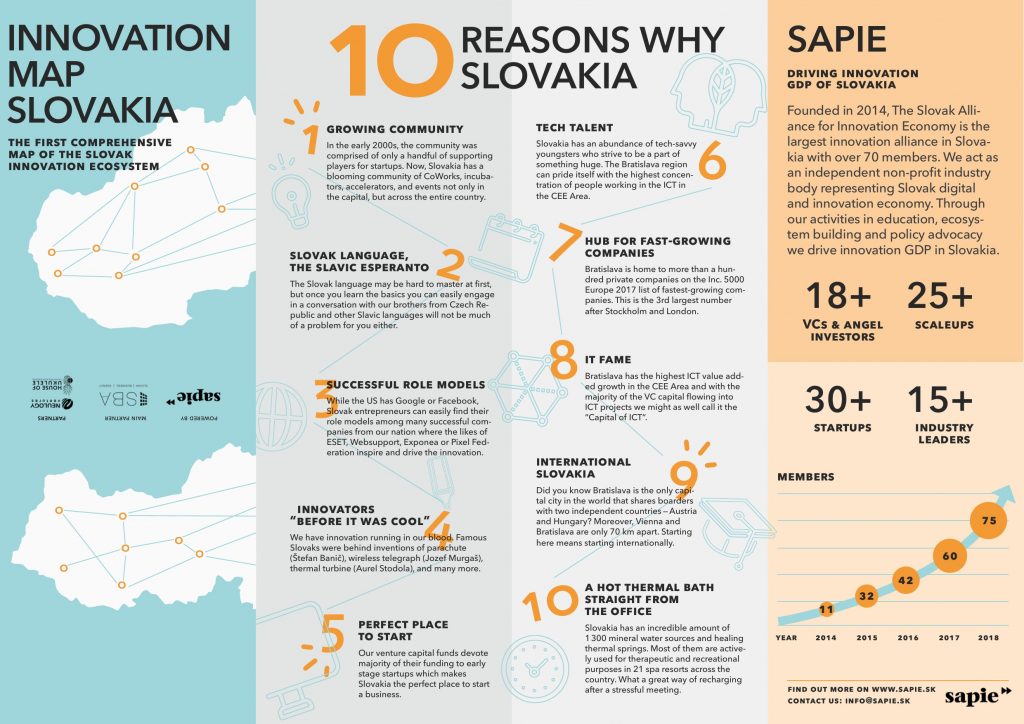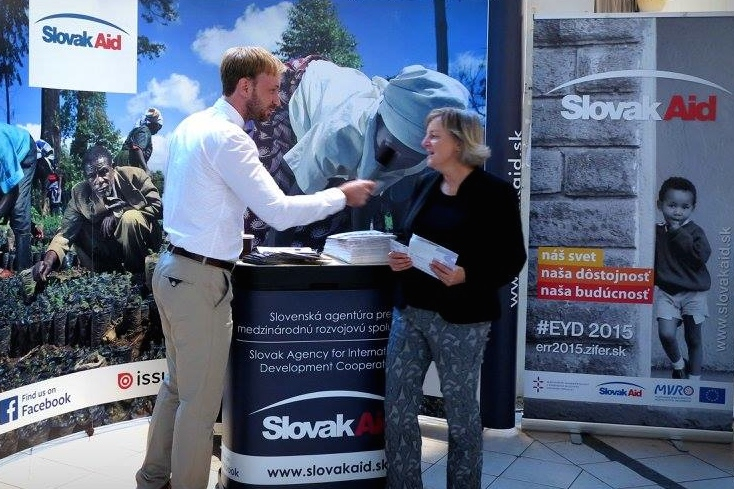Slovakia shares in the responsibility for promoting sustainable development globally, and that is why it has committed itself to the fulfilment of the Sustainable Development Goals and Agenda 2030, together with other countries. It’s not only a moral commitment; it’s a tool for building a more stable, peaceful, prosperous, and equitable world.

As a member of the European Union since 2004, and the Organization for Economic Co-operation and Development (OECD) since 2000, the Slovak Republic ranks among the most advanced countries in the world. In light of its positive macroeconomic development, Slovakia ceased to be a recipient and has become a donor of development assistance (ODA – Official Development Assistance). What did that journey look like? Here’s a timeline:
2003: The Slovak Republic, together with other EU candidate countries, was removed from the list of countries eligible for development aid. By creating the institutional, legal, and strategic framework for the Slovak development programming, the mechanism of providing development assistance was established. Since 2003, the Slovak Republic has been engaged in bilateral development assistance programmes and projects carried out in developing countries, in addition to providing multilateral assistance and humanitarian aid.
2004: By joining the European Union, the Slovak Republic began to contribute to the common EU budget for activities related to development cooperation. As an EU member state, Slovakia has been engaged in the funding of development activities carried out by the European Commission.
2008: The official transition from the status of beneficiary to aid provider was complete.
2013: Slovakia became the 27th member of the OECD’s Development Assistance Committee (DAC) – the leading international forum for providers of development co-operation. The DAC serves as a forum for policy coordination for the world’s leading donors, defines standards and rules in key areas of development cooperation and fosters the exchange of knowledge and experience. The DAC also sets the standards for ODA eligibility and assembles statistics on aid flows worldwide.
Since 2014: Development aid of Slovakia is supported by three pillars: passing on transition experience and support of reforms; elimination of poverty; and assistance to countries affected by conflicts.
Slovak ODA focus
Slovakia’s development policies are focused primarily on upgrading the legal and strategic framework, sharpening the geographical and sectoral focus of the development assistance, improving the aid delivery (country strategy papers for programme countries in place) and introducing new financing modalities, such as:
- tenders for service delivery (announced by SAIDC),
- concessional export credits (a tool provided by EXIMBANKA SR).

ODA challenges
Despite the achieved results, there are still challenges to be addressed at the political level. They include strategic orientation, aid volume and allocations, and management and organization of the Slovak official development assistance (ODA).
Slovakia’s commitment to development has a distinct financial dimension. The EU has reaffirmed its collective commitment to achieve the 0.7% ODA/GNI target until 2030, whilst those Member States which joined the EU after 2002 strive to increase their ODA/GNI to 0.33%. At a national level, Slovakia is bound to this goal by the government resolution no. 5/2017, which tasks the Minister of Foreign and European Affairs in cooperation with the Minister of Finance to continually increase the Official Development Assistance to the desired level by 2030, taking into consideration budgetary circumstances of the country.


